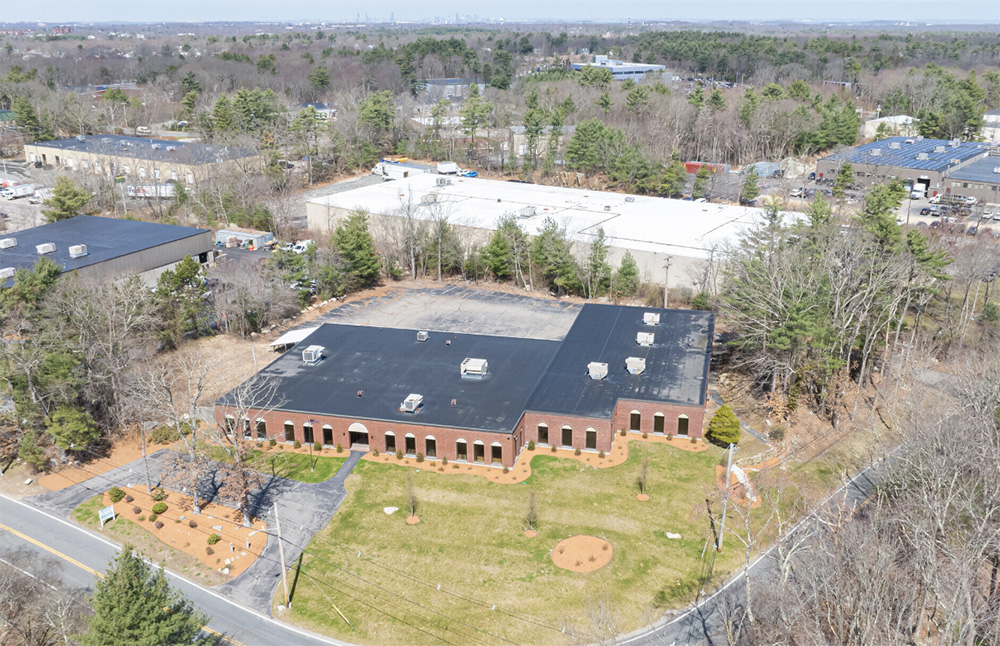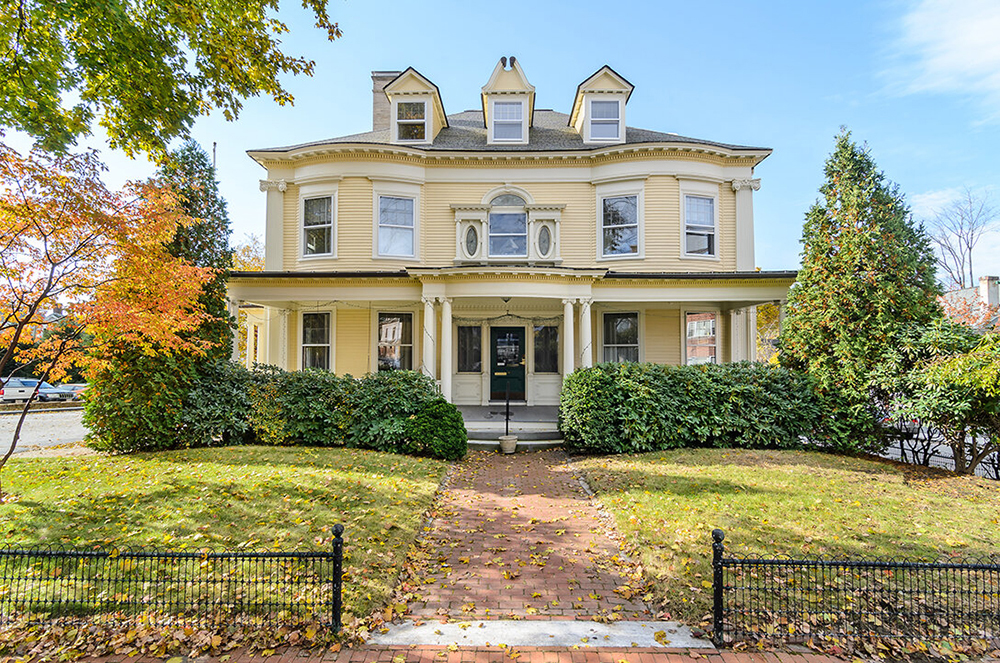The Amazon effect - by Jonathan Avery

Avery Associates
The exponential growth in online retail is having varied and at times dramatic effects on real estate and the tenants who occupy space. The most obvious is seen in the retail sector. Vacant stores, dark malls and famous retail brands disappearing are all results of this shift in consumer preferences. A less publicized but increasing trend is the growth in demand for warehouse and distribution space where the “behind the scenes” activity occurs.
Based on the latest data (2016), the Federal Reserve Bank of St. Louis reports that online retail sales are approximately 8.1% of total retail sales. This compares to less than 1% in 2000. Forecasts are that online retail sales will grow at an annual rate of approximately 10% in 2017 or three times the rate of growth in overall retail sales.
This trend has a ripple effect. In order to survive and thrive, legacy retailers must adapt or they will perish. For example, major retailers such as Walmart are seriously ramping up online options for their customers. Nordstrom recently announced that they will develop smaller stores with less merchandise but the ability to order, pickup and use onsite services such as tailoring and manicures. Walmart has also indicated their development activities will focus on smaller stores which will also serve as pick up locations for online orders.
On the other side of the coin, online retailers such as Amazon are moving to bricks and mortar to support their online purchase delivery and to provide walk-in for their customers. The industrial sector is expanding, especially warehouse/distribution, which is experiencing strong demand in the face of a limited supply. Because of the methods used by e-commerce retailers to store and dispatch inventories, the ecommerce sector requires 2-3 times larger facilities for regional distribution. To address the “last mile” aspects of delivery, these companies also require smaller fulfillment centers in urban areas. These trends are clearly supporting growth in industrial development to respond to changing retail patterns and related distribution.
Often referred to as the ‘Amazon Effect’, these trends are much broader than just one company. The repurposing of retail real estate and development of modern styles of warehouse/distribution buildings will serve the changing landscape of retailing. New brands in new buildings are the future of retailing.
As we approach the holiday retail season, which has a disproportionate share of the retail spending compared to the rest of the year, it is interesting to observe how ecommerce has had a profound effect on the use of real estate.
Jonathan Avery, MAI, CRE, is president of Avery Associates, Acton, Mass.
McEvoy of The Conrad Group brokers $2.9 million sale of industrial building


It’s time to get creative with closed college campuses - by Christian Koulichkov

5 Questions to ask when choosing a real estate broker - by Elizabeth Perez Barlett

Investing in a falling rate environment - by Harrison Klein








